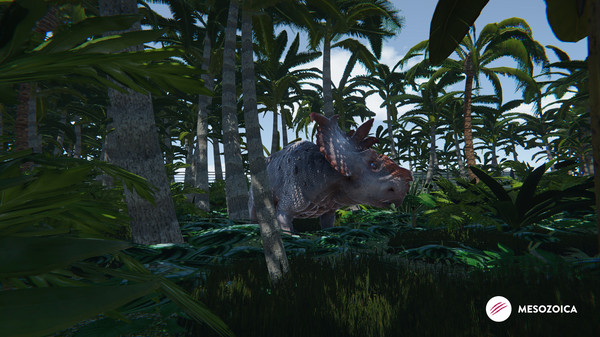

When rifting had sufficiently progressed, oceanic spreading centres formed between the landmasses. At that time much of Pangea lay between 60° N and 60° S, and at the Equator the widening Tethys Sea cut between Gondwana and Laurasia. By the Middle Jurassic these landmasses had begun further fragmentation. This separated Pangea into the continents of Laurasia and Gondwana. The fragmentation began with continental rifting during the Late Triassic. By the close of the era, Pangea had fragmented into multiple landmasses. Three of the five largest mass extinctions in Earth history are associated with the Mesozoic: a mass extinction occurred at the boundary between the Mesozoic and the preceding Paleozoic another occurred within the Mesozoic at the end of the Triassic Period and a third occurred at the boundary between the Mesozoic and subsequent Cenozoic, resulting in the demise of the dinosaurs.Īt the outset of the Mesozoic, all of Earth’s continents were joined together into the supercontinent of Pangea ( see the map of the Early Triassic). A distinct modernization of life-forms occurred, partly because of the demise of many earlier types of organisms. During this era the continents began to move into their present-day configurations. The Mesozoic was a time of geologic and biological transition. The ancestors of major plant and animal groups that exist today first appeared during the Mesozoic, but this era is best known as the time of the dinosaurs.Įarth’s climate during the Mesozoic Era was generally warm, and there was less difference in temperature between equatorial and polar latitudes than there is today. ( See the geologic time scale.) The major divisions of the Mesozoic Era are, from oldest to youngest, the Triassic Period, the Jurassic Period, and the Cretaceous Period. Its name is derived from the Greek term for “middle life.” The Mesozoic Era began 252.2 million years ago, following the conclusion of the Paleozoic Era, and ended 66 million years ago, at the dawn of the Cenozoic Era. Mesozoic Era, second of Earth’s three major geologic eras of Phanerozoic time. SpaceNext50 Britannica presents SpaceNext50, From the race to the Moon to space stewardship, we explore a wide range of subjects that feed our curiosity about space!.

Learn about the major environmental problems facing our planet and what can be done about them!
MESOZOICA FREE DOWNLOAD HOW TO
COVID-19 Portal While this global health crisis continues to evolve, it can be useful to look to past pandemics to better understand how to respond today.Student Portal Britannica is the ultimate student resource for key school subjects like history, government, literature, and more.


Britannica Classics Check out these retro videos from Encyclopedia Britannica’s archives.Britannica Explains In these videos, Britannica explains a variety of topics and answers frequently asked questions.


 0 kommentar(er)
0 kommentar(er)
